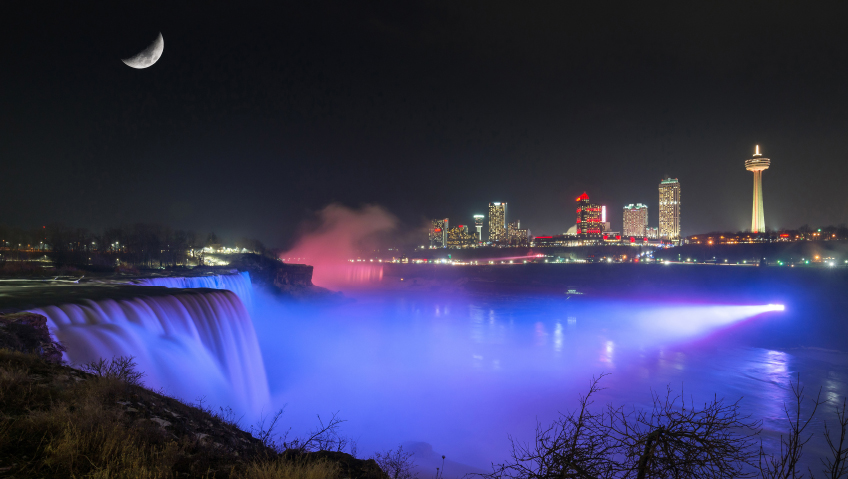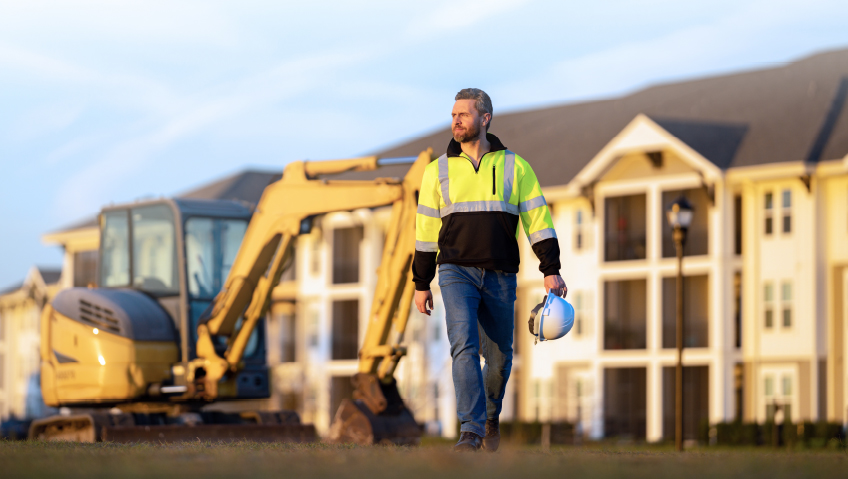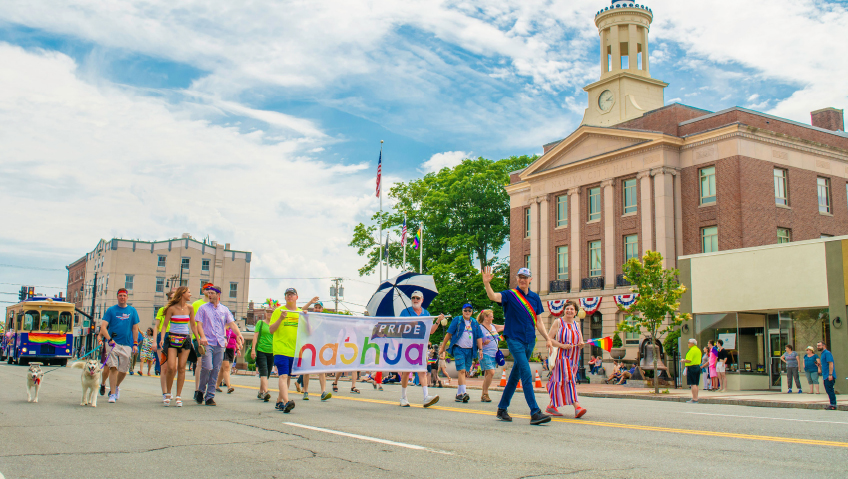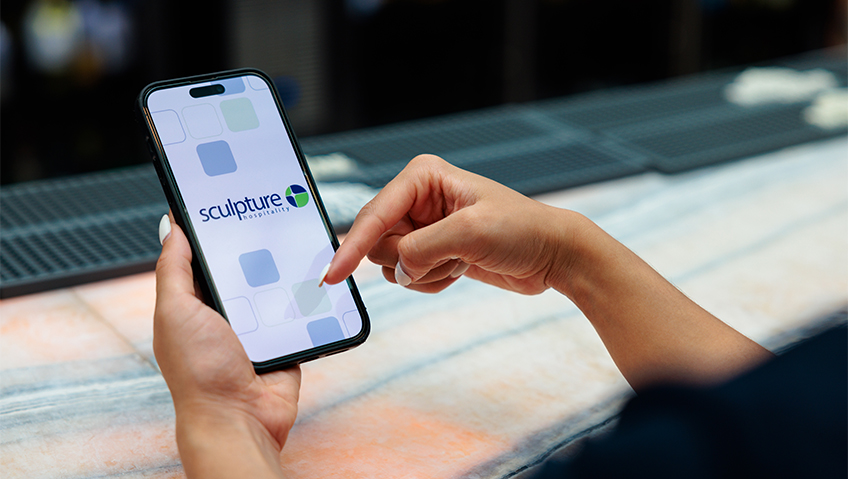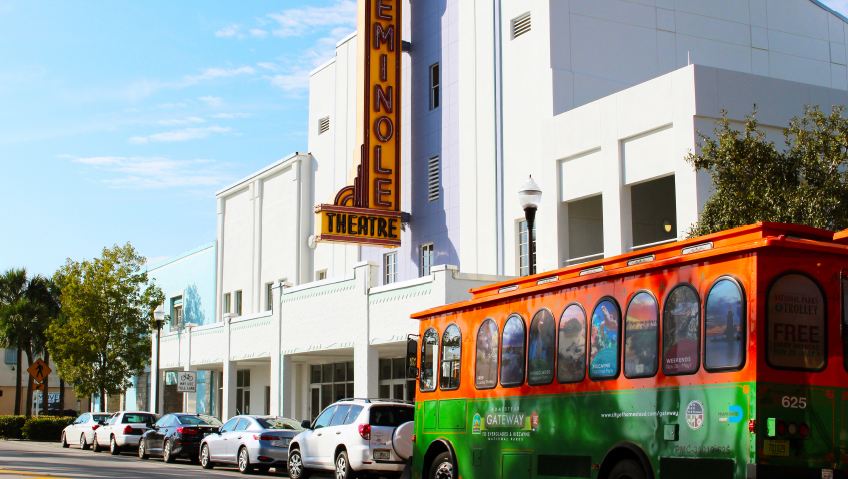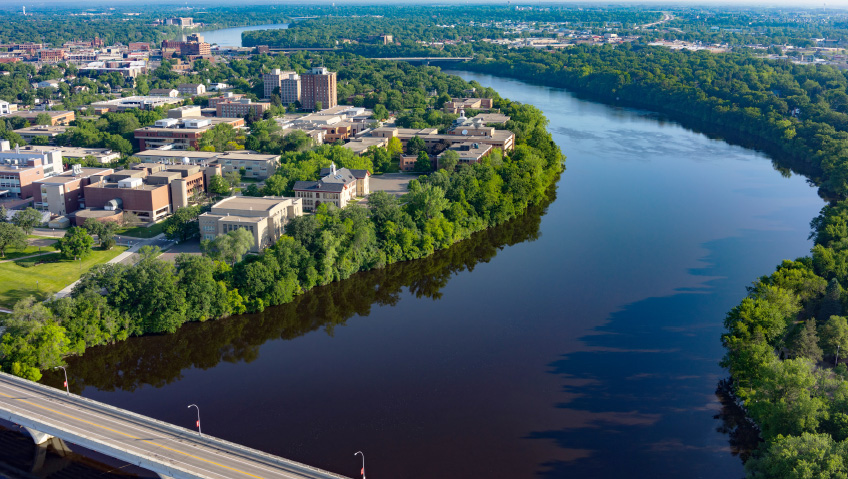The past two years under the dark cloud of the pandemic have been tough on everyone, from workers losing their jobs to businesses – especially attractions, restaurants, hotels and other in the hospitality sector – seeing their revenue streams come to a stop.
Across Canada, cities and communities were affected, including Niagara Falls, Ontario, one of the world’s greatest tourism destinations. Facing its share of economic challenges in the past, including 9/11, SARS, Mad Cow Disease, H1N1, currency fluctuations and weather issues, COVID-19 has been the worst of all.
Fortunately, Niagara Falls, Ontario is under the leadership of long-time Mayor Jim Diodati, who keeps proving strength comes from getting up again and again, as many times as necessary. Diodati was first elected in 2010, beating out the incumbent. Victory followed again in 2014, when he secured an impressive 84.5 percent of the vote.
Establishing a reputation for himself as a doer instead of a talker, his third race for Mayor in 2018 was very different. Mere months before the election, Diodati was diagnosed with Hodgkin’s Lymphoma. Despite this, he continued to campaign while undergoing extensive chemotherapy.
In typical Diodati style, he not only made a full recovery, but was elected mayor for the third time.
Down, not out
“It was beyond devastating,” is how Diodati describes COVID’s impact on the region. “After five years of back-to-back, exceptional tourism seasons, 2020 rolls around and basically turns the taps of tourism off for two years. And in Niagara Falls, the importance of tourism is right up there with oxygen.”
About 40,000 men and women in the area depend on tourism for their livelihoods. Typically, 50 percent of the tourism revenue that comes into Niagara Falls is from the United States, and all that stopped with border closures and the resulting confusion over vaccine passports, masks, and quarantining. Canada’s number one leisure destination saw attractions shuttered, in-person dining affected, and significant, money-draining business forced to close. In a short time, the 14 million tourists welcomed annually dried up.
Concentrating on solutions instead of problems, Diodati and his trusted team at City Hall soon implemented initiatives, including addressing businesses directly. The strategy was swift, effective, and struck at the heart of navigation through the COVID crisis. Restaurants, unable to offer regular capacity indoor seating, were allowed to expand their patios with no permit or licensing fees. The turnaround was swift, just 24 hours. And in some cases, they were permitted to open patios on public roads to get customers. “We closed roads down, and we allowed them to open on public sidewalks,” says Diodati. “Business operators had the opportunity to make money, but in a safe way, following provincial COVID protocols.”
Recognizing many businesses and homeowners were suddenly short on cash, City Hall said anyone behind in taxes — a significant revenue generator — would have the interest cut by more than half, six percent instead of 15 percent. Penalties were removed. Although there were some provincial and federal relief efforts such as the Canada Emergency Response Benefit (CERB), Diodati believed more help was needed at the local level.
Despite losing billions of dollars in lost economic opportunity because of the pandemic, Niagara Falls is seeing positive signs. More and more people are vaccinated. Mask mandates and provincial restrictions on capacity are changing. This past Valentine’s Day and Family Day weekends were busy, and Niagara saw a spring break which was even better than 2019’s, pre-COVID. Although it’s too soon to say when the economic engine will be completely up and running since Niagara’s big tourist season doesn’t start until July/August, recent indications are positive, revealing pent-up demand and travellers eager to start leisure activities once again.
Open for business
After being housebound for over two years, many people, especially Americans (who represent 50 percent of revenue) are eager to visit Niagara Falls again. For months, U.S. tourists were confused about coming to Canada because of misinformation and lack of communication at the border. “We need a strong education campaign, and we also need the federal government to come in on it to help market Canada as a destination open for business,” states Diodati. “We need that message to be clear.”
While Niagara Falls will undoubtedly attract visitors from the province this year — especially with incentives like the Ontario Staycation Tax Credit — Diodati says his team will soon reach out to Americans in traditional day markets like New York, Michigan, Pennsylvania and Ohio, educating them about crossing the border and once again coming to the area.
Attractions have always been a draw, and few were bigger than death-defying tightrope walker Nik Wallenda. Ten years ago, the daredevil fulfilled his lifelong dream of becoming the first person to cross Niagara Falls on a high wire, perilously spanning the 1,500 foot long gap over the unforgiving waters of Horseshoe Falls. When reaching the other side and asked by customs agents what the purpose is, Wallenda replied, “to inspire people around the world.”
Wallenda did more than inspire others: he shattered multiple records, with over a billion people tuning-in worldwide to witness the historic feat. This June 15 marks the 10-year anniversary of Wallenda’s landmark achievement. Over 100,000 people showed up to watch the crossing live. In touch with Wallenda and other partners, including the mayor of Niagara Falls, New York, Diodati is looking at a fitting event to make the anniversary date in Niagara Falls. “We see this as one city divided by a border, and we know what’s good for one side is good for the other,” he says, “so we are looking at a partnership to co-promote the 10-year anniversary, and that will be one of many things we are promoting.”
Whether it’s making family memories, a romantic couple’s getaway, or friends getting together for a good time, many are looking for an excuse to return to Niagara Falls. Many of us take it for granted, not realizing the importance of the Falls economically, culturally, and even emotionally. “Globally, it’s a much bigger brand than Toronto. It’s the biggest brand in Canada, and it’s not even close,” remarks Diodati. “I like to say we’re the Coca-Cola of municipalities.”
Having traveled the world, at times with Ontario Premiers, Mayor Diodati has heard firsthand just how remarkable Niagara Falls is from people in other nations. Marketing the brand, he says, is vital. “It’s like McDonald’s, they always lead with the Big Mac, and Canada needs to lead with Niagara Falls. There are a lot of great things to see and do in Canada, but you lead with the one that’s going to get the door pried open, and then you sell the rest. We are making sure we are marketing, letting people know we are open for business, enticing our American friends to return, and all the attractions are up and running. We’re operating on all cylinders.”
South Niagara Hospital development
A visionary with his eye on the future, Diodati realizes the coming years will see Niagara Falls as a tourist destination and a great deal more. Fed up with living in crowded centres, many are moving to the area for its outstanding quality of life and amenities ranging from affordability to scenery, leisure activities, restaurants and attractions, and more.
Realizing Niagara is fast becoming a popular place to live, significant investments are being made, such as the new South Niagara Hospital. Destined to become a center of excellence, the $1.2 billion facility will be built in South Niagara Falls, where growth is taking place. With 468 beds including critical care, complex care and medical surgery, the hospital will become the first in Canada to receive WELL® Certification, which takes a holistic approach for everything from design to operations. Once completed, the facility will serve 231,663 residents with many of the population coming from Fort Erie, Welland, Pelham, Port Colborne, and other areas. Both Infrastructure Ontario and Niagara Health have issued a request for proposals to design, build, finance, and maintain the new South Niagara hospital.
In fact, there are many reasons to move to Niagara Falls. It is close to the American border, making it easy to fly out of Buffalo. Sports fans can attend NFL games in the U.S. or CFL in Canada. With a pleasant microclimate, Niagara is also home to 130 wineries, 35 golf courses, shopping, attractions, fishing in the Great Lakes, and hiking on countless trails. “The nice thing is the dichotomy of a smaller community where everybody knows each other and helps each other shovel their driveways,” says Diodati. “We get 14 million visitors a year, and have the amenities of a much bigger city, so you get great offerings, great restaurants, and great attractions.”
And to make getting around easier, the GO train is being relaunched with 11 trains per day, breaking all Metrolinx projections — and it is right in Niagara’s downtown. Rezoning is incentivizing major development in some areas that have lagged. The $140 million entertainment centre, completed at the beginning of COVID and right across from Fallsview Casino, is set to open. “We’ve got the studies that show that will bring us a minimum of an extra million people per year here,” comments Diodati, adding that they are also in the midst of a global expression of interest for an operator of the airport, which will see it taken to the next level.
“We’ll be able to get international travellers landing right here in Niagara, which is a 15 minute drive to the Falls. We are doing all of these things concurrently.” This includes a massive initiative: bringing an international university to downtown. “We expect all of these things to happen, so it’s not going to be just a game changer; it’s going to change everything. There’s a lot going on, we’re really excited about it, and it’s definitely going to change the channel on Niagara Falls,” says Diodati.
“Tourism is very, very important, but we are expanding many other [sectors] to give us a more balanced approach to our economy and prepare for all the people moving here… You can see the community is changing, becoming more multicultural, and people from different areas are moving to the Falls now.”
Future goals
Maintaining a positive attitude throughout his personal challenges and the pandemic, Mayor Diodati is a fighter, and plans to run for a fourth term in the October 22 election. There is much to be done, and he admits to feeling shortchanged in his third term, dealing with cancer and the delays caused by COVID. “I want to put it back in high gear, ride around the track, get these things done, and then pass the torch to someone else,” he states. “I’d like to be around for another term if the people would have me, finish projects off and see them become successful.”
Cancer-free for three years, Diodati is grateful for his family, friends, and team at City Hall. “I’m surrounded by an amazing team — a lot of people that have many more talents than I do — and I always say, ‘surround yourself with people smarter and better than you, and you’ll be successful.’ I always joke that it’s not too hard for me to do, I can always find people who are smarter and better. And I don’t see it as a threat; I see it as a blessing that these people are going to help me, and together we are going to row the boat.”
When asked about his legacy, Diodati immediately says: “There are three kinds of people: the ones who watch things happen, the ones who make things happen, and the ones who ask ‘what happened?’ and I like to be one of the guys making things happen, empowering people, catching them doing things right, and encouraging them to make things happen and dream big.”
Over a decade ago, some naysayers said Nik Wallenda inching his way on a two-inch wide tightrope across the raging Falls would never happen. Diodati and his team pulled it off. It is a lesson he teaches his three children: don’t fear failure, but embrace it and see it as a teacher. “Whoever fails the most will learn the most, and whoever learns the most will succeed the most. And failure is not the opposite of success; it’s an important part of success, so I tell my kids all the time: do not fear failure, but embrace it as a teacher. Even my cancer – I don’t see it as a curse; I see it as a blessing. Instead of me complaining that the kids ate all the food in the fridge and there is nothing left, now I’m grateful my kids are healthy enough to eat all the food in the fridge. So you take a different perspective on things and learn to be grateful. I’ve always been grateful and been an optimist, but this helped me move the needle further, to be much more of these things.”

